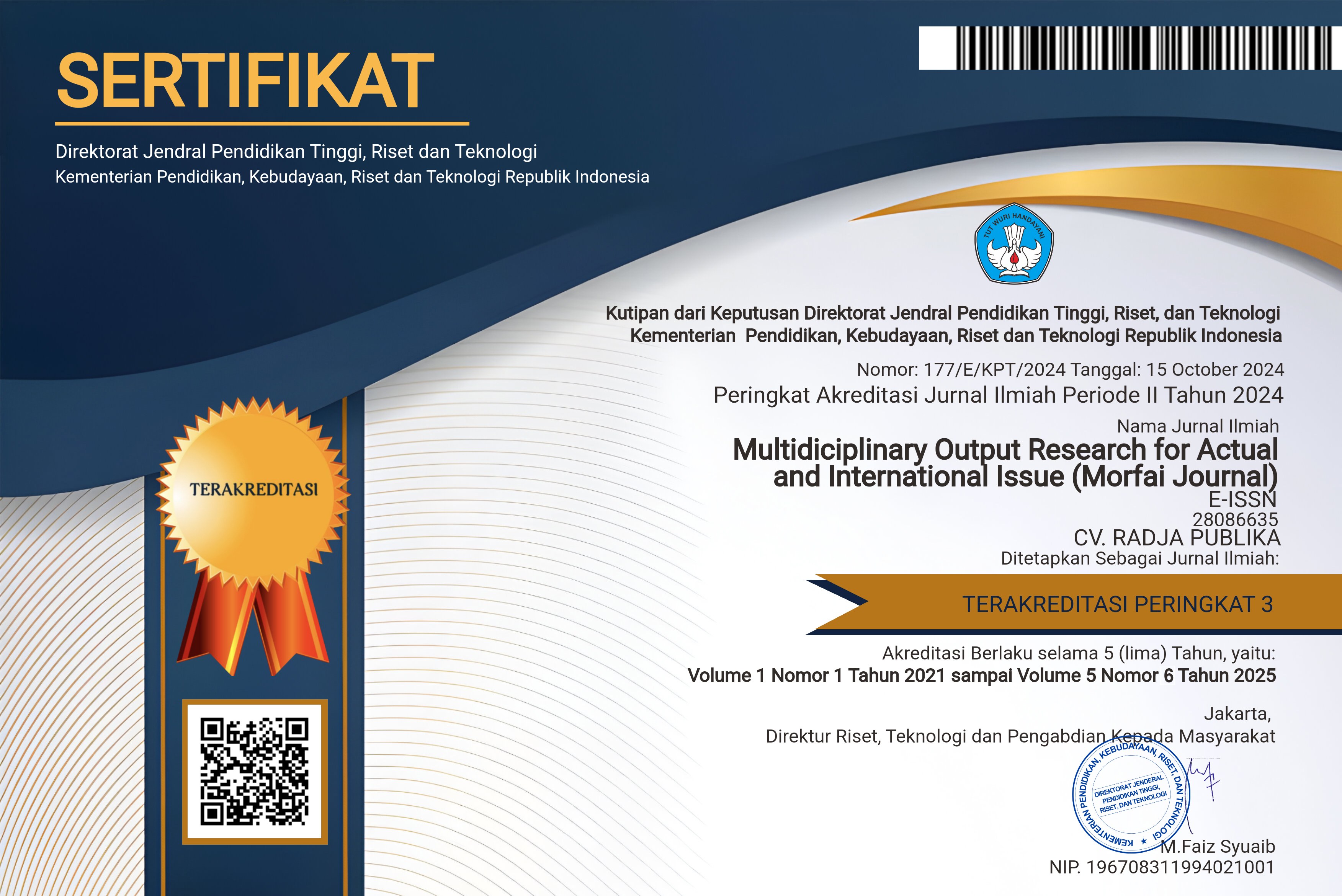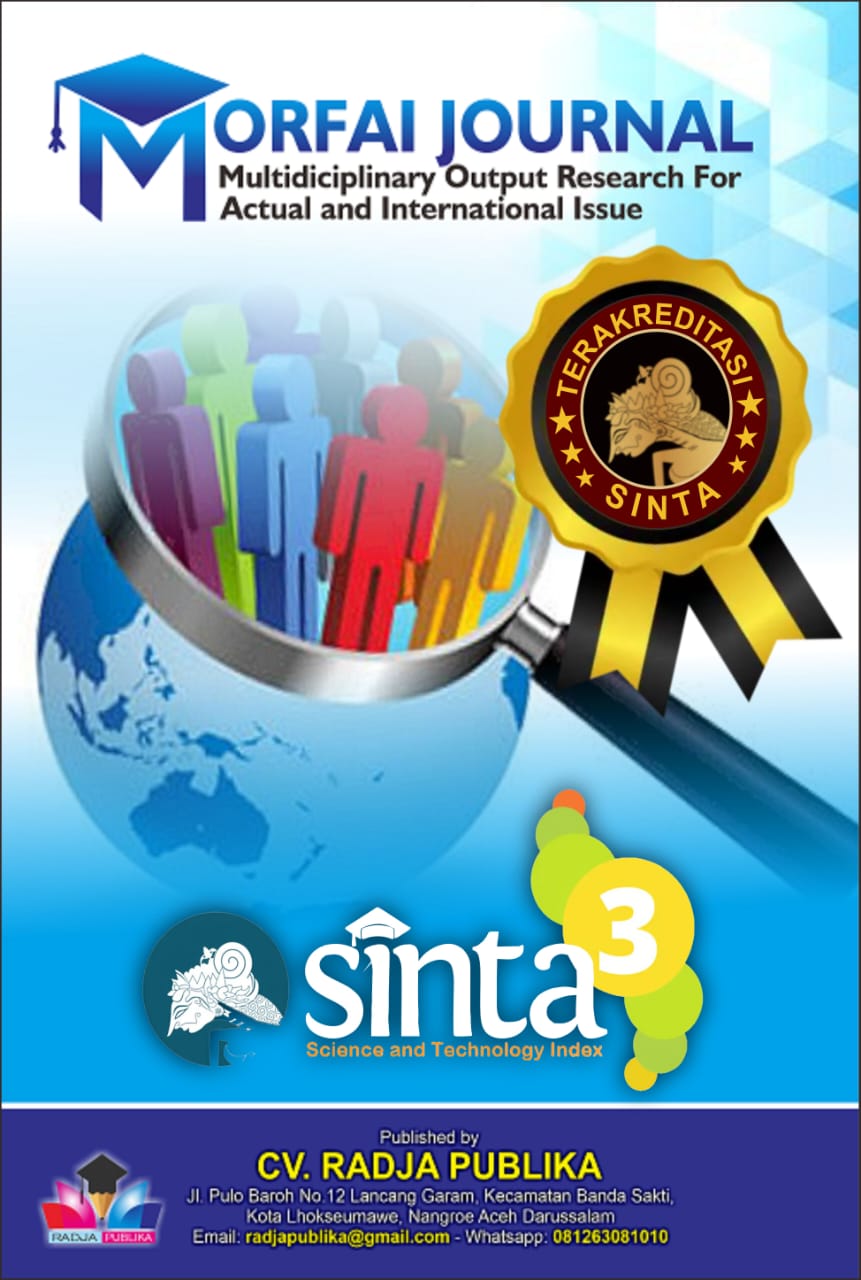WORDS BEHIND MASK: COMPARING COPYRIGHT PROTECTION FOR PSEUDONYMOUS AUTHORS IN INDONESIA AND AUSTRALIA
Main Article Content
Karina Josephine Siregar
Aurora Jillena Meliala
This article discusses the regulation of copyright protection for pseudonymous authors from a comparative perspective between Indonesia and Australia, focusing on the fulfillment of moral and economic rights. Using a normative juridical and comparative approach, this study examines the legal gap within the Indonesian system of moral rights and economic rights of works created by authors with concealed identities. Although Article 5 of the 2014 Copyright Law recognizes pseudonymous authors, its implementation remains weak due to the absence of explicit enforcement mechanisms. On the other hand, Australia clearly separates moral rights and economic rights and adopts a statutory presumption approach to recognize and protect pseudonymous authors. However, implementing the Australian model in Indonesia faces limitations, primarily because Indonesia’s legal culture has yet to be deeply rooted in public consciousness. This study proposes context-based adaptations, such as confidential registration and the strengthening of publishing agreements, as alternative solutions. By integrating cultural values and the national legal structure, this article emphasizes the importance of localizing copyright protection to align with the legal and social characteristics of Indonesian society, while also promoting the development of a safe and inclusive literacy ecosystem for pseudonymous authors in the future.
Adeney, E. (2012). Names as brands: Moral rights and the “unreasonable”. In M. Richardson & S. Ricketson (Eds.), The law of reputation and brands in the Asia Pacific (pp. 93–114). Cambridge: Cambridge University Press.
Adeney, E. (2012). Representative actions, proof of fact and author privacy in copyright law: A history and a concern. Monash University Law Review, 39(1), 106–130.
Aswara, D. (2025, October 21). Penulis opini Detikcom mengaku diintimidasi setelah menerbitkan artikel jenderal. Tempo.co. https://www.tempo.co/politik/penulis-opini-detikcom-mengaku-diintimidasi-setelah-menerbitkan-artikel-jenderal-1531710
Australian Government. (1968). Copyright Act 1968 (Cth). Canberra: Australian Government.
Brace, L. (2024). The monies will not answer: Mary Wollstonecraft and Catrina Davies on property, freedom and precarity. Women’s Writing, 31(3), 478–492.
Dirgantara, A., & Ramadhan, A. (2025, February 27). Jurnalis Kompas.com diancam tim pengawal Panglima TNI usai tanya soal penyerangan Mapolres Tarakan. Kompas.com. https://nasional.kompas.com/read/2025/02/27/13321061/jurnalis-kompascom-diancam-tim-pengawal-panglima-tni-usai-tanya-soal
Djumhana, M., & Djubaedillah, R. (2014). Hak milik intelektual: Sejarah, teori, dan praktiknya di Indonesia. Bandung: Citra Aditya Bakti.
Eristadora, S., Habibi, A., Baehaqi, F., Widyastuti, T. V., & Mashdurohatun, A. (2024). Comparison of moral and economic rights between Indonesia and France. Journal of Contemporary Law Studies, 1(2), 30–41.
Goldstein, P. (2001). International copyright: Principle, law, and practice. New York: Oxford University Press.
Goodin, R. E. (2023). Anonymous solidarity in social movements. European Journal of Sociology / Archives Européennes de Sociologie, 64(2), 197–222.
Kartikasari, D. (2014). Pelarangan buku-buku karya sastrawan Lekra tahun 1965–1968. Avatara: Jurnal Pendidikan Sejarah, 2(3), 453–465.
Latrobe Education. (2013). Moral rights. https://www.latrobe.edu.au/__data/assets/pdf_file/0020/156413/moral-rights.pdf
Noor, N. (2021). Copyright law in protecting creators’ exclusive rights in the creative industry: A comparative study. The Lawpreneurship Journal, 1(2), 200–217.
O’Leary, D. E. (2013). Artificial intelligence and big data. IEEE Intelligent Systems, 28(2), 96–99.
Pemerintah Republik Indonesia. (2014). Undang-Undang Republik Indonesia Nomor 28 Tahun 2014 tentang Hak Cipta. Jakarta: Pemerintah RI.
Rigamonti, C. P. (2007). The conceptual transformation of moral rights. The American Journal of Comparative Law, 55(1), 67–122.
Sanusi, R. Z., Sasea, E. M., & Bonsapia, M. (2024). Copyright protection in the digital age: Addressing challenges and finding solutions in Indonesian civil law. Sinergi International Journal of Law, 2(3), 208–218.
Sari, I. (2016). Kedudukan hak cipta dalam mewujudkan hak ekonomi sebagai upaya perlindungan terhadap intellectual property rights. Jurnal Ilmiah M-Progress, 6(2), 77–97.
Sungono, B. (2009). Metodologi penelitian hukum. Jakarta: PT. Raja Grafindo Persada.
Wahyuni, R., Ramadhani, D. A., & Tarina, D. D. Y. (2023). Kedudukan hukum surat pencatatan ciptaan bagi perlindungan hak cipta karya lukisan dihadapkan pada prinsip automatically protection. Unes Law Review, 6(2), 7455–7456.
WIPO. (1978). Guide to the Berne Convention for Protection of Literary and Artistic Work. Geneva: WIPO Publication.
WIPO. (2025). Berne Convention for the Protection of Literary and Artistic Works. https://www.wipo.int/treaties/en/ip/berne/
Yusdinsyah, D. A. (2024). Perlindungan hukum terhadap hak kekayaan intelektual hak cipta dalam perspektif hukum pidana. Proceedings Series on Social Sciences & Humanities, 17(1), 274–277.









